Bankruptcy and Winding-Up Proceedings: Potential Mechanisms for Speedier Debt Recoveries
Share this product
Product Description
If empirical evidence were required to underscore emerging concerns about the phenomenon of loan defaults and the alarming prospects it portends for the banking industry, it would be found in the recent establishment, by the Central Bank, of a Committee on Distressed Banks.
The Committee has on its agenda (among other things) the mandate to explore aggressive methods for debt recoveries. Indeed, some banks have begun to pursue an aggres-sive debt recovery programme as a means of weathering the “liquidity squeeze” storm that followed the introduction of the Central Bank’s Open Market Operations (OMO). Liquid funds are scarce and banks have woken up to the need to call in outstanding debts.
But an aggressive debt recovery programme must be accompanied by a re-evaluation of existing debt recovery mechanisms. The core point in this paper is that we need to redefine our approach to the problem of debt recoveries. The present approach focuses on maximum use of ex-isting legal methods, viz; action for debt and enforcement of securities.
Only logged in customers who have purchased this product may leave a review.
₦0.00
Related Products
Related products
-

Shaping Nigeria’s Future: Critical Governance Issues for 2024 And Beyond
₦0.00Rated 0 out of 5Add to cart -
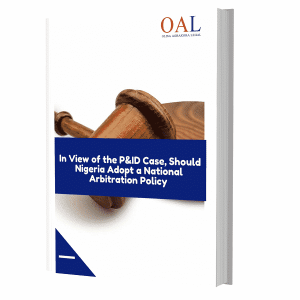
In View of the P & ID Case, Should Nigeria Adopt a National Arbitration Policy?
₦0.00Rated 0 out of 5Add to cart -
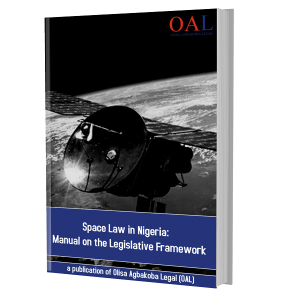
Space Law in Nigeria: Manual on the legislative framework
₦0.00Rated 0 out of 5Add to cart -
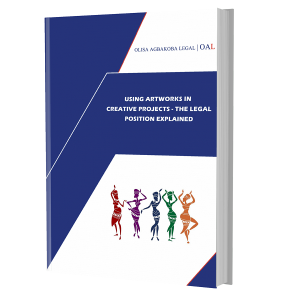
Using Artworks in Creative Projects – The Legal Position Explained
₦0.00Rated 0 out of 5Add to cart

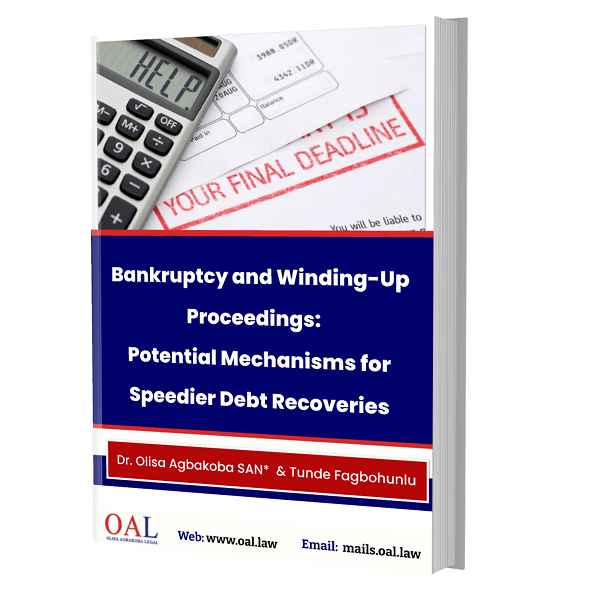

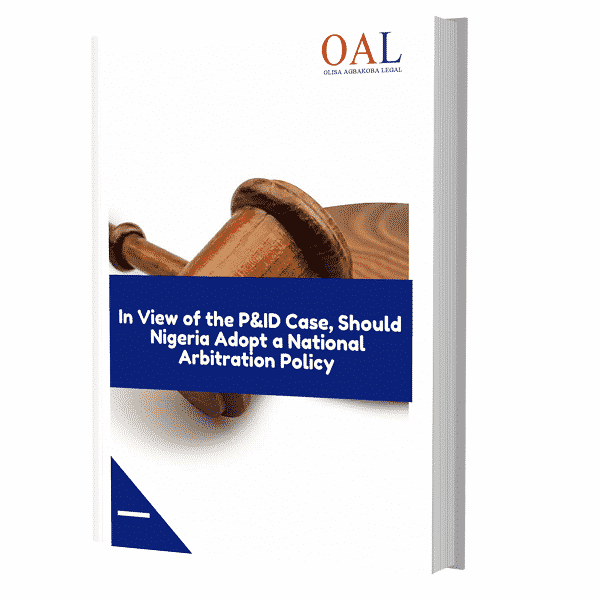

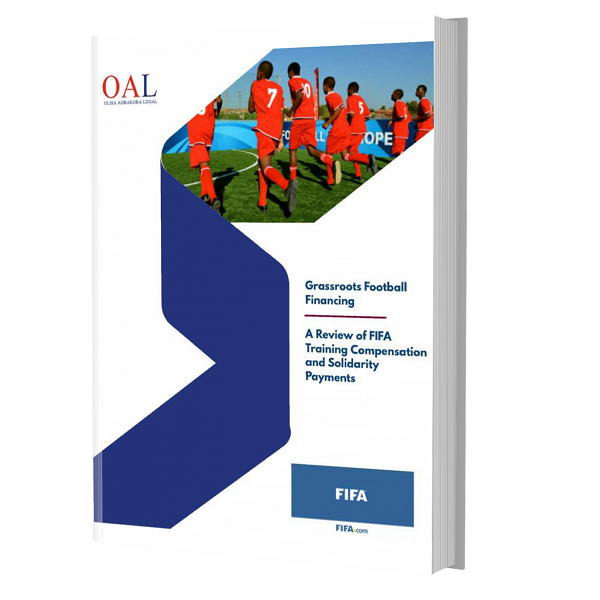

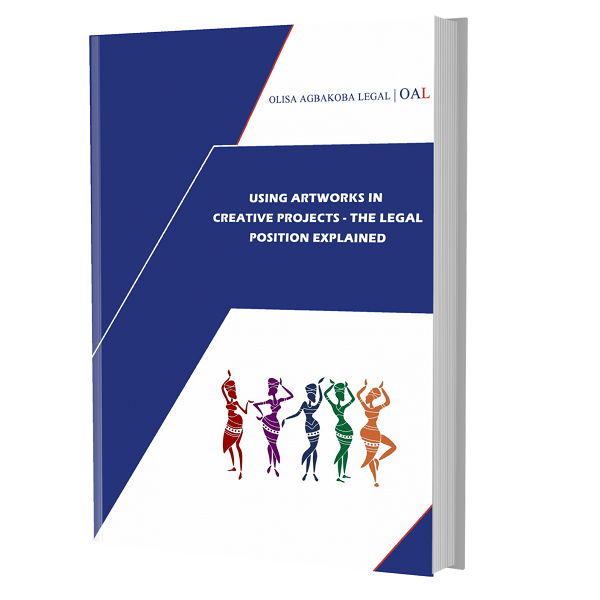
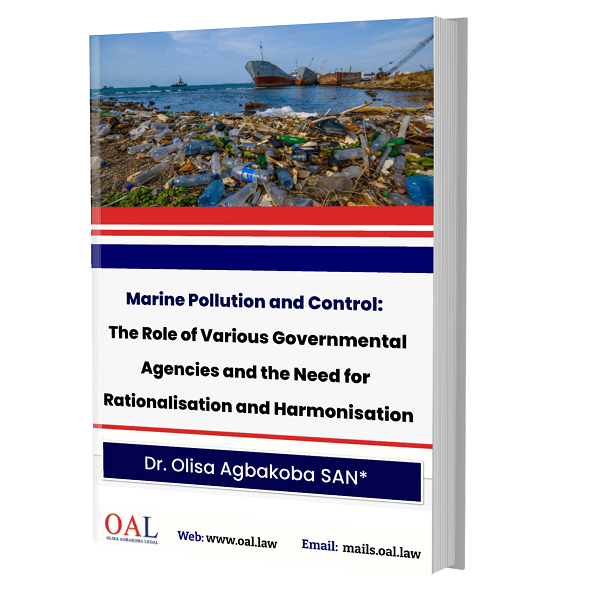
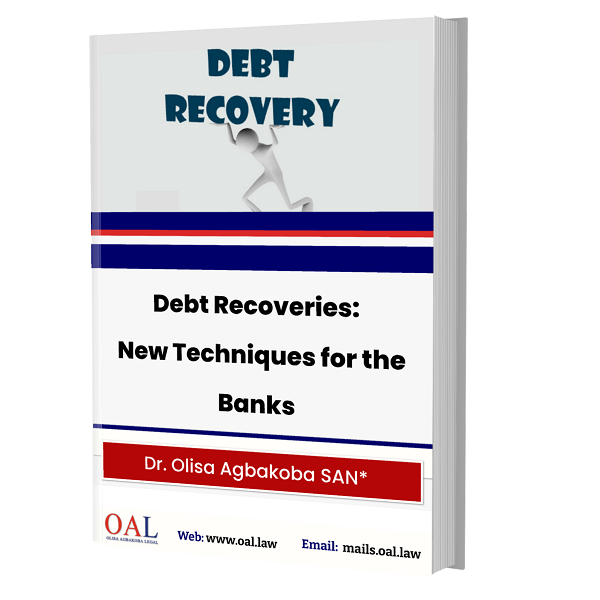
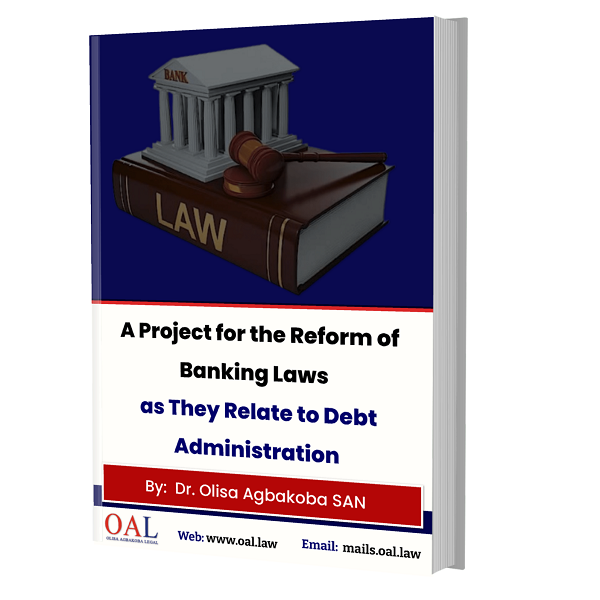

Reviews
There are no reviews yet.